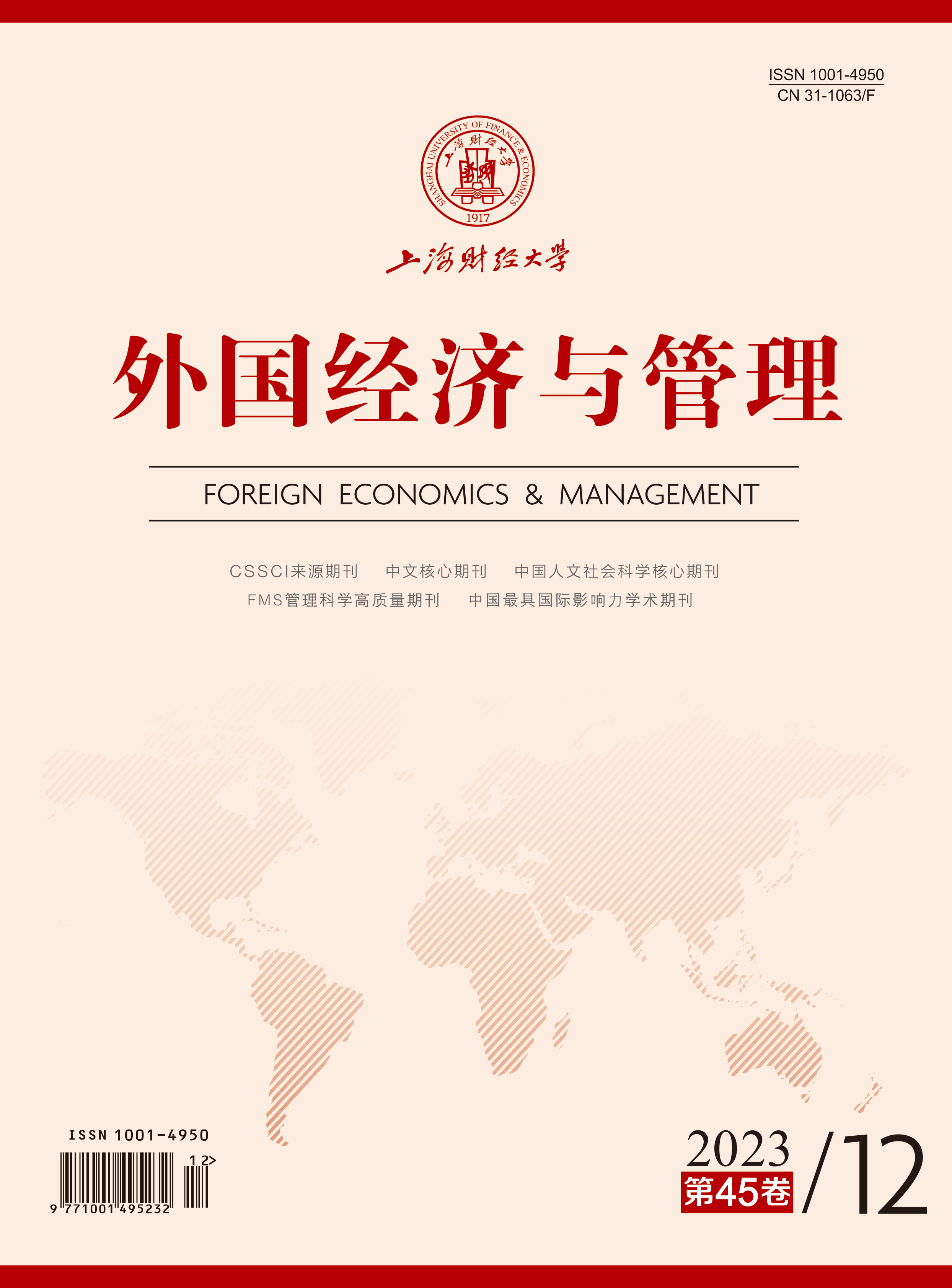The reform of the comprehensive registration system takes information disclosure as the central task, which requires listed companies to improve information disclosure quality and strengthen effective communication with investors, so as to improve the financing function of the capital market. Annual financial report is one of the most important information disclosure documents for listed companies, and it is also an important part of investor relation management. With the increasing acceptance and widespread adoption of visual effects in organizations and the society, the use of visual elements such as images in corporate annual reports has gradually increased, and more and more listed companies have begun to try to release visual annual reports, which can help investors to understand enterprise information more easily and efficiently. If the high facial attractiveness of visual annual reports can attract the attention of information users and improve their reading experience, it will affect their investment decisions as well as the company’s stock liquidity. So, is this the case?
Based on the theory of information asymmetry and limited attention, this paper focuses on the new phenomenon of listed companies voluntarily releasing independent visual annual reports, and studies the impact of the release of visual annual reports on stock liquidity by taking A-share listed companies in China from 2018 to 2021 as the sample. The results show that the release of visual annual reports is positively correlated with stock liquidity. Further analysis shows that the release of visual annual reports is positively correlated with the attention of investors and analysts, which may be the internal mechanism of the disclosure of visual annual reports to improve stock liquidity. For non-state-owned enterprises, and companies with fewer analysts following and more short-term institutional investors, the release of visual annual reports can improve their stock liquidity more significantly. Companies that consistently release visual annual reports have more stock liquidity and receive more attention from investors and analysts. The impact of video annual reports on stock liquidity is not greater than that of companies that release graphic annual reports, which may be related to the different information channels of the two types of visual annual reports.
The main contributions of this paper are as follows: First, visual accounting research is a relatively neglected field, and domestic scholars pay less attention to this field. This paper examines the impact of the release of visual annual reports on stock liquidity in China’s capital market, which enriches the empirical research results in the field of visual accounting, and adds empirical evidence to existing foreign studies. Second, since the presentation mode of accounting information reflects its formal quality, this paper extends the research on the causes of stock liquidity from the perspective of the formal quality of accounting information, as well as the research on the economic consequences of the formal quality of accounting information. It proves that the improvement of the formal quality of accounting information needs the assistance of transmission quality to achieve the best information dissemination effect, and ultimately affects investors’ attention and decision-making. Third, the conclusions can encourage listed companies to produce and maintain the enthusiasm of releasing visual financial reports and strengthening the effective communication with investors. The policy suggestions put forward in this paper also have reference value for regulators to promote the orderly development and continuous optimization of visual financial reports.





 6117
6117  6563
6563

